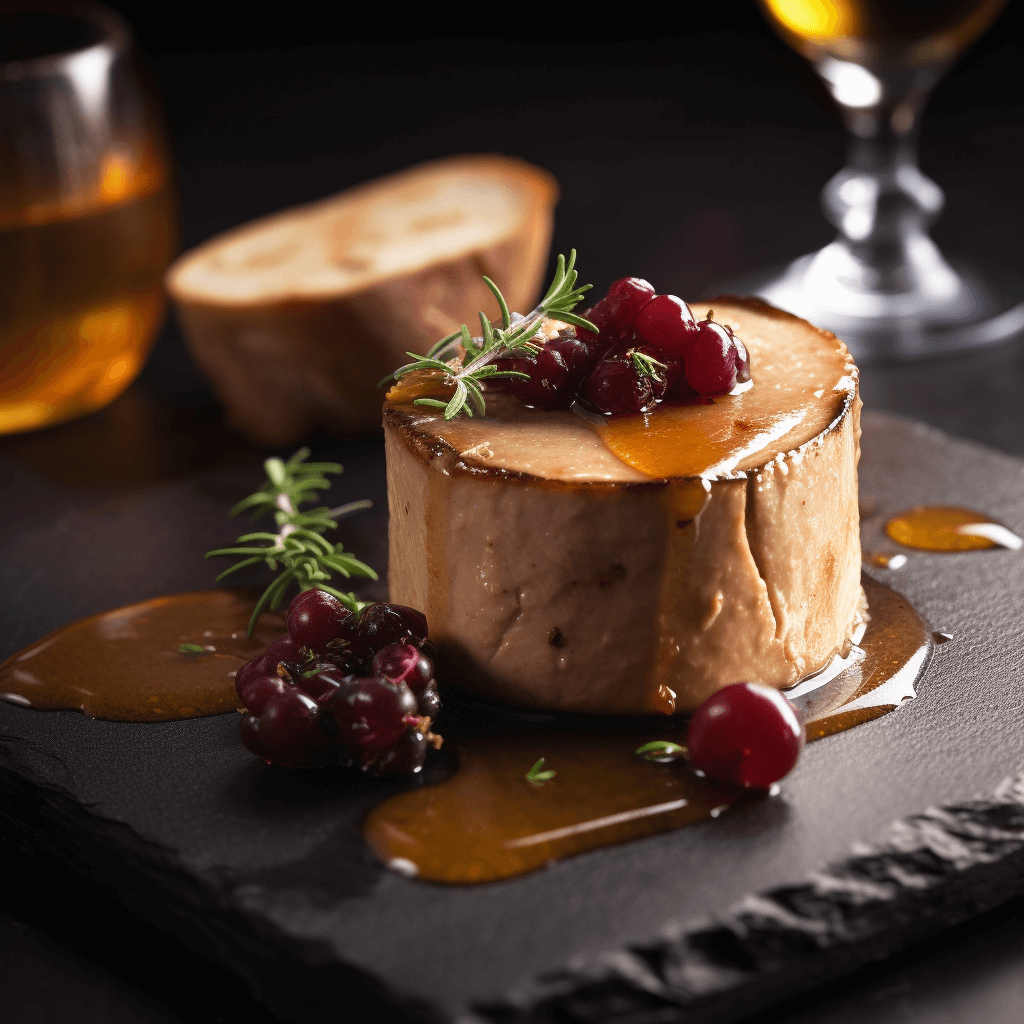
The history of foie gras dates back to ancient times, as it remains one of the most exquisite and prestigious dishes in the world. Foie gras is a delicate pâté made from the liver of ducks or geese, specially bred on a specific diet that promotes an increase in liver mass. Interestingly, there are numerous ways of preparing this dish, each with its own history.
The most ancient mentions of foie gras go back to the ancient Egyptians, who discovered that the liver of waterfowl living in the Nile Delta became particularly tasty and fatty at certain times of the year. The Egyptians began breeding geese and ducks, feeding them figs to increase the mass of their livers. Soon, they developed techniques to achieve this result intentionally and at any time of the year. It was during this period that the history of breeding and fattening poultry for foie gras began.
Later, this delicacy reached the Greeks, who also perfected the methods of breeding and feeding poultry, using figs and honey. During the Roman Empire, foie gras became a popular dish, and the Romans began experimenting with various methods of preparation and presentation of this delicacy.
Over time, the recipe for foie gras spread throughout Europe. The French, in particular, developed a fondness for this dish, incorporating it into their culinary tradition and giving it a special status. In France, several new techniques for preparing foie gras were developed, including preserving it in its own fat, baking it in pastry, and preparing it as a pâté. In the 17th and 18th centuries, foie gras became a symbol of sophistication and luxury in French cuisine.
In the 19th century, interest in foie gras increased, and this dish began to gain popularity in various countries around the world. New production technologies emerged that reduced the fattening time of the poultry and improved the quality of the product. At the same time, research was conducted to find more humane methods of breeding and fattening poultry, as traditional methods sparked certain controversies and contradictions.
In the 20th century, foie gras became the focus of global cuisine, with many famous chefs including it in their menus. The variety of recipes and methods of preparation continued to expand, with foie gras being used in various culinary directions, from classic French cuisine to signature and fusion dishes.
Despite the controversies surrounding foie gras production, many countries have adopted measures to improve the conditions for raising poultry and to reduce stress during the fattening process. As a result, alternative methods of producing foie gras have emerged, such as using processed fats or even creating vegetarian versions of the delicacy.
Nowadays, foie gras remains a symbol of refined cuisine and luxury, and can be found on the menus of the world's finest restaurants. This delicacy continues to evolve and transform, combining tradition and innovative approaches. Overall, the history of foie gras creation serves as a vivid example of how ancient culinary traditions can be adapted and developed over time to delight gourmets around the world with their unique taste.
In summary, foie gras is not just a delicacy, but also a cultural phenomenon, a symbol of culinary mastery, and a product that unites nations. This dish consistently sparks lively interest from the public, attracting the attention of culinary critics, chefs, and gourmets alike.
It is worth noting that foie gras has also become the subject of scientific research and development. Scientists and culinary experts actively study this product, searching for more humane and eco-friendly methods of production, making foie gras even more relevant and intriguing.
Moreover, foie gras emphasizes the importance of preserving and developing culinary traditions, demonstrating how they can adapt and evolve over time. The dish serves as a bridge between the past and present, confirming the relevance and value of historical heritage in the modern world.
In conclusion, foie gras embodies the history, culture, and traditions of many peoples, as well as confirms the importance of preserving and developing culinary arts. This delicacy remains a vital element of global cuisine and continues to delight gourmets with its exquisite taste, unique aroma, and rich history.